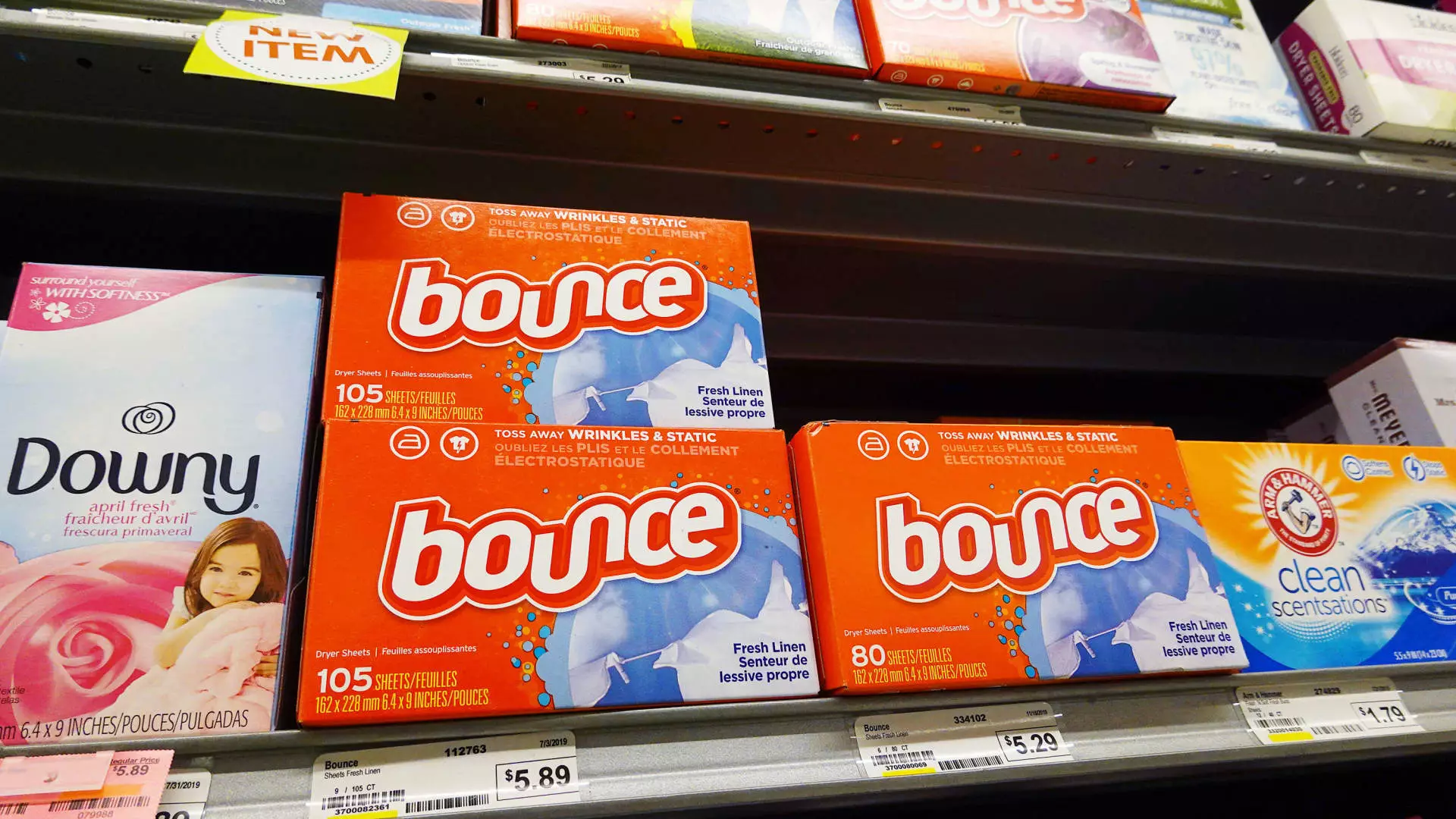On Friday, Procter & Gamble (P&G), a leading player in the consumer goods sector, released its latest financial results, revealing a scenario far from what analysts had hoped for. The company’s revenue fell short of expectations largely due to diminished demand in key markets, particularly China, leading to a 1% drop in shares during premarket trading. While the adjusted earnings per share came in at $1.93, slightly above the anticipated $1.90, revenue figures painted a gloomier picture at $21.74 billion—falling short of the expected $21.91 billion.
Analyzing P&G’s earnings, the net income attributable to the company stood at $3.96 billion, or $1.61 per share, a significant decrease from the previous year’s $4.52 billion or $1.83 per share. When accounting for restructuring charges, earnings per share for the first fiscal quarter adjusted to $1.93. The company’s overall net sales declined by 1%, settling at $21.71 billion, with organic revenue, which excludes the impact of foreign currency fluctuations, acquisitions, and divestitures, climbing modestly by 2%. This growth was significantly driven by price increases rather than an uptick in volume—a crucial indicator of consumer demand.
The quarter ended with flat volume sales, a metric that experts regard as a more telling indicator of consumer engagement compared to mere sales figures. For context, P&G has faced a challenging landscape over the last few years due to a shift in consumer behavior following a series of price hikes. Although the previous quarter saw the first increase in volume over the past two years, P&G’s performance in the key market of Greater China remains troubling. Notably, the company reported declines in volume across both hair care and oral care segments in this region, which is pivotal given China stands as P&G’s second-largest market.
CFO Andre Schulten voiced concerns over the continuing weakness in the market, projecting that demand recovery may not materialize for several quarters. Despite recent initiatives from the Chinese government aimed at stimulating the economy, uncertainties linger, combining with P&G’s existing struggles to hamper growth prospects.
Dissecting P&G’s performance across various business segments reveals a mixed bag of results. The beauty division, which encompasses high-profile brands such as Pantene and Olay, experienced a volume decline of 2% in the assessed quarter. Particularly alarming was a steep organic sales drop exceeding 20% in the skin care category, directly attributed to declining sales of the premium SK-II brand that has grappled with post-pandemic market recoveries.
While several product lines faced volume declines, it wasn’t all disheartening news. The grooming business—inclusive of the well-known Gillette and Venus brands—reported a compelling 4% volume growth, largely credited to innovative product offerings that appear to resonate well with consumers. Additionally, P&G’s fabric and home care division tallied a 1% rise in volume, buoyed by popular products like Swiffer and Tide.
Looking ahead, P&G has not wavered from its fiscal 2025 forecasts, projecting a core net earnings per share within the range of $6.91 to $7.05, alongside expected revenue growth ranging from 2% to 4%. The company’s ability to navigate this toughening economic landscape will depend significantly on its innovation strategies and whether it can adapt to the changing preferences of consumers, particularly in markets struggling with lower demand.
While P&G shows some strength in certain segments, the overall picture indicates a need for strategic recalibration to foster recovery. Only time will tell if the measures in place to reinvigorate consumer interest organize under the pressures exerted by current economic conditions.

